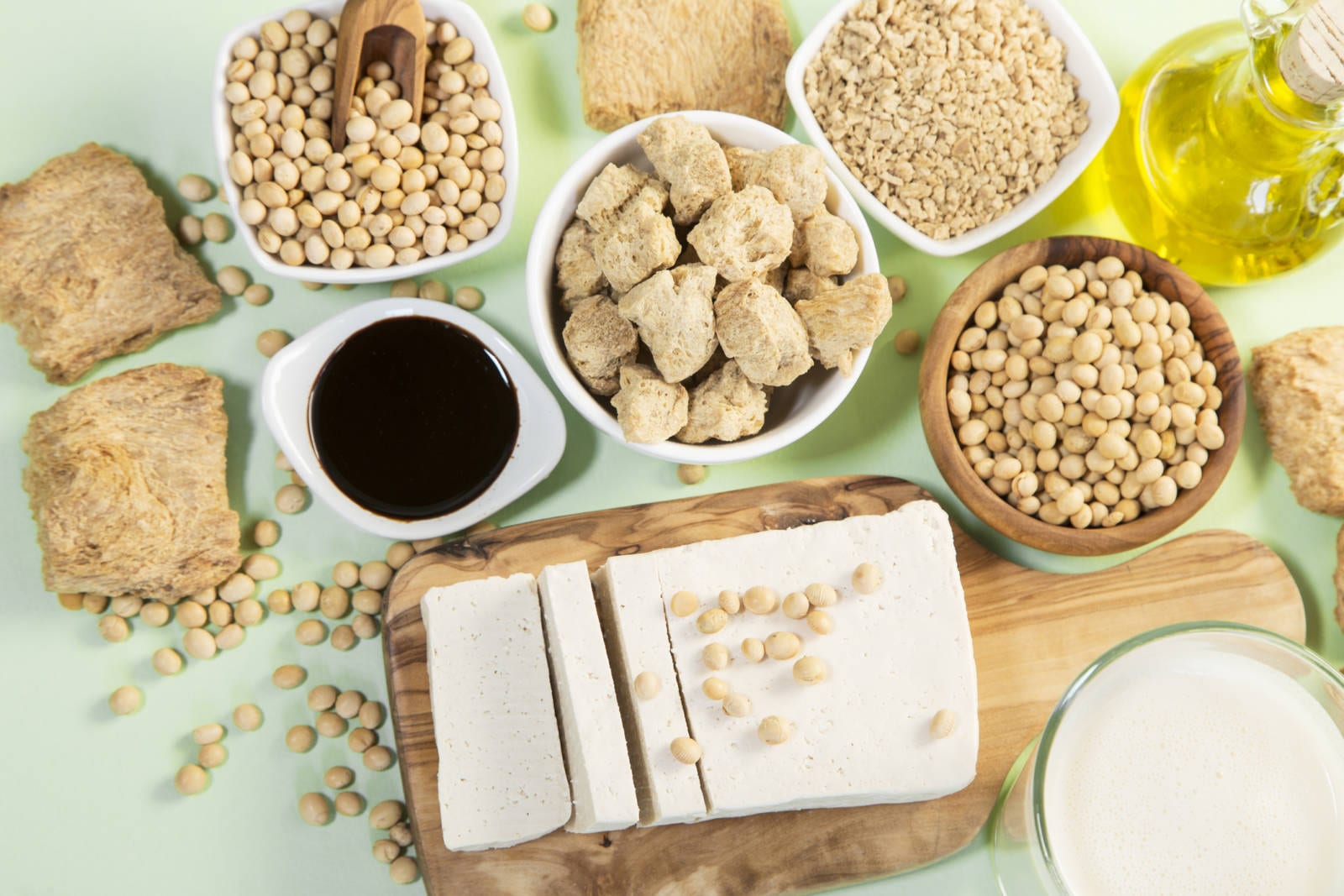New data on the dietary intake of Americans over the past nearly 20 years shows that the intake of plant protein and soyfoods has significantly increased. However, whether the gains match expectations based on dietary guidelines issued during this time period is in question.
The report, which was published by researchers from the Harvard T. H. Chan School of Public Health and Tufts University, describes data from 9 consecutive cycles of the National Health and Nutrition Examination Survey (NHANES) administered from 1999 to 2016. Nearly 44,000 participants completed at least 1 valid dietary recall during the 9 cycles and were at least 20 years of age.
From 1999 to 2016, some notable demographic shifts occurred: the proportion of older adults (aged ≥65 years) increased from 18.0% to 21.1%; the proportion of younger adults (aged 20-34 years) decreased from 30.0% to 27.8%; the proportion who were non-Hispanic white declined from 69.8% to 64.4%; the percentage of other races/ethnicities increased from 4.6% to 9.6%; the proportion of respondents with at least some college education increased from 49.1% to 65.3%.
The estimated percentage of energy from total protein increased from 15.5% to 16.4% (P <0.001 for trend). The increases in the estimated total protein energy intake were associated with increases in estimated intake from both animal protein (10.2% to 10.6%; P <0 .001 for trend) and plant protein (5.38% to 5.76%; P <0.001 for trend). These data show that although plant protein intake did increase, the increase on an absolute basis was slightly less than the increase in animal protein (0.40 vs 0.38%). Therefore, the ratio of animal to plant protein consumption was essentially unchanged. In 1999-2000, animal protein accounted for 65.46% of total protein intake and in 2015-2016, it accounted for 64.79%. Americans are consuming more protein, but it is hard to conclude if the shift toward consumption of more plant protein is in line with what the Dietary Guidelines recommend.
